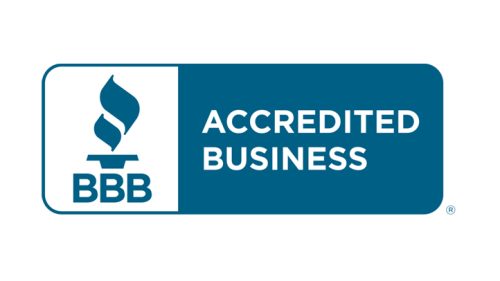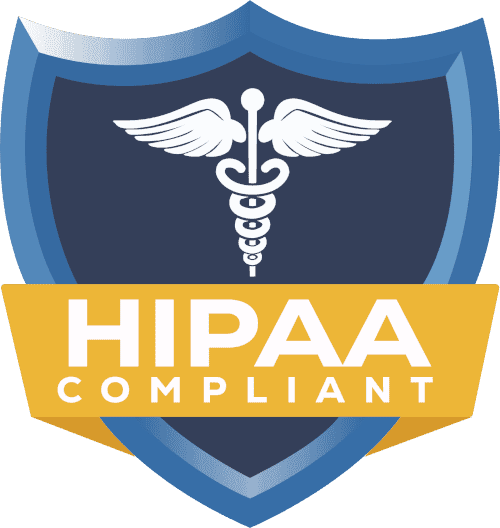Top Telehealth Credentialing Challenges and Proven Solutions

The health system has changed with telehealth. Physicians can now pay a visit to their patients at home, and providers can treat individuals wherever they are in the nation. Nevertheless, it takes quite a lot of work to maintain the other end of any fluent hands-free video call. Telehealth credentialing is among the most crucial processes.
Credentialing is used to guarantee that a provider has been trained to treat a patient and is safe and licensed to do so. However, not that simple with telehealth. One does not have to worry about a single place, nor a single set of rules. Other states can have patients. You have to answer the different payer and compliance requirements. There were also other problems that online clinics had to cope with that were not present in the in-person clinics.
Credentialing can also be done wrong, and that can result in delaying the start of your practice, only to be told to block payment of insurance and even legal trouble. This is why there is an urgent necessity to understand the key problems related to telehealth credentialing and their solutions.
Challenge #1: Multi-State Licensing Complexities – Navigating State-Specific Requirements
- You must meet the requirements of the state so that you can practice if you want to see patients. Multi-state licensing represents one of the biggest telehealth issues. To practice in any other state, you must meet the requirements of the state, so that you can practice if you want to see patients in that state. The states have a board of licensing. There are quick and easy ones. Others are the hesitant ones, and there are many.
- As an example, a given state might mandate you to get additional background checks, documentation of CME (Continuing Medical Education), or specifically, telehealth education. One might not accept some certifications.
- The Interstate Medical Licensure Compact (IMLC) is of assistance, but not all states subscribe to it. When they are, it takes months even then. This poses a challenge to those telehealth providers who wish to expand quickly.
How to overcome it:
- You must start making your licensing application early, long before you offer your telehealth service.
- To review the rules of each state, use the site of FSMB (Federation of State Medical Boards).
- that works with multi-state telehealth licensing, so as to consult with a credentialing service that does, not to skip any steps.
Challenge #2: Payer Panel Limitations – Getting Accepted by Insurance Networks
The most important factor to reach more patients is to be a part of an insurance network. However, in the case of telehealth, it is not always easy to be on the payer panels.
Other payers are restrictive in the sense that they have limited providers, thus covering specialties. Others do not have up-to-date policies about telehealth coverage. This may imply delays and even rejections.
Telehealth providers are often slow in their application, even when a payer accepts them. They can require evidence of HIPAA compliance, the security of telehealth platforms, and state licensure in every location to which you provide services.
How to overcome it:
- The studies of the payers who are telehealth-friendly prior to applying.
- Have all your credentials, licenses and compliance documents in the same place.
- Find a credentialing firm that can determine which networks telehealth providers can more easily join.
Challenge #3: Delays in Verification – Common Causes and How to Speed Up
The speed of credentialing can be slower in cases of telehealth providers since location proof is at more than one place. The payments grabber will want to know about your license, malpractice insurance, education, and training to serve each state you would like to serve.
Even simple mistakes, incomplete forms or contacts, expired passports or documents, etc., may delay the process. The other failure can be a delay when your former employer takes an overly long time to respond to the verification requests.
How to overcome it:
- Make sure your CAQH profile is fully completed and current.
- Take action upon any request of the payer or credentialing team.
- Inform the references and former employers that they should expect a phone call or an email during the verification process.
Challenge #4: CAQH Profile Errors – Keeping Data Accurate and Updated
CAQH Profile to maintain Data Accuracy and Data Updates. The profile of the Council for Affordable Quality Healthcare (CAQH) would be an important tool in the credentialing process. It is more of a necessity for the telehealth providers, as it is only through it that the payers can determine your qualification in a particular state.
The problem? Denial can be even by such small details as the address is outdated, the license has expired, or the malpractice insurance date is not correct.
How to overcome it:
- Review your CAQH profile every month.
- Incidentally, place reminders when the licenses and insurance policies are expired.
- Make sure that your profile is an indicator of telehealth services in the event that your payers are aware that you are ready to provide services as a virtual-care provider.
Challenge #5: Compliance Gaps – HIPAA, DEA, and Telehealth-Specific Training
Licensing rules are not the only thing that should be satisfied by telehealth providers. You have to adhere to HIPAA conformance of medical data. On the occasion that you prescribe controlled substances, you must have proper DEA registration in the state.
There are additional telehealth trainings or certifications that are required in some states. Failure to include them may slow or complicate your credentialing, as well as cause future legal problems.
How to overcome it:
- Ensure that you have gone through a HIPAA training and retain documentation.
- Look up DEA regulations in every state you intend to prescribe.
- Make the guidelines of the ATA (American Telemedicine Association) into a compliance checklist.
How to Overcome These Challenges – Practical Tips and Tools
That being what it is, here is how to smooth telehealth credentialing:
- Make a plan and get credentialed well in advance, i.e 3-6 months ahead of patient visits.
- Be prepared and led – It is advisable to have all the documents in a single safe folder.
- Update regularly- Make a part of your monthly ritual.
- Know the rules – Check each state and its licensing and telehealth restrictions.
- Ask someone to assist you, or use the services of a credentialing provider with a track record in telehealth.
Benefits of Partnering with Credentialing Experts – Outsourcing vs. In-House
In-house credentialing cannot be practiced because it occupies time that could be spent with the patients. The more a team is inexperienced in telehealth rules, the more mistakes can take place.
The opportunity to use telehealth credentialing companies in the form of outsourcing is that you will be offered specialists who know certain regulations peculiar to each state, insurance policies, and regulations. They do paperwork, follow up and troubleshoot to enable you to focus on practice development.
Conclusion – Turning Credentialing from a Hurdle into a Growth Driver
Credentialing Telehealth may turn out to be a maze of experience. It is a long way to multi-state licensing and even payer panel rejections. The credentialing process, however, should not be a hindrance to the process but instead a driver of growth through considerations, professional assistance and appropriate tools.
Credentialing is where the faster you do it, the higher you will be able to see patients, get reimbursed and grow. Nowadays, in the healthcare world of life speed really counts.
FAQs
1. Why is the telehealth credentialing process more time-consuming than in-person provider credentialing?
As telehealth is often governed by more than one state, the payers will have to verify the licenses and compliance of each of them, which only makes the task more complex.
2. How am I going to become credentialed in more than one state in such a short time?
Join the Interstate Medical Licensure Compact, wherever possible, and use a credentialing service whose performance has been demonstrated in the multi-state licensing.
3. What happens in case my application as a payer panel is not approved?
Identify why it has been rejected, correct the problem and resubmit. As it happens, it is sometimes faster to find new carriers that can accommodate telehealth.
4. Is telehealth credentialing outsourcing a viable concept?
Yes, in the cases of multi-state practices. It is error-free, time-saving, and hastens approvals.
5. May I establish telehealth services before full credentialing?
You can see self-pay patients, but you will not be able to bill insurance prior to credentialing.



















